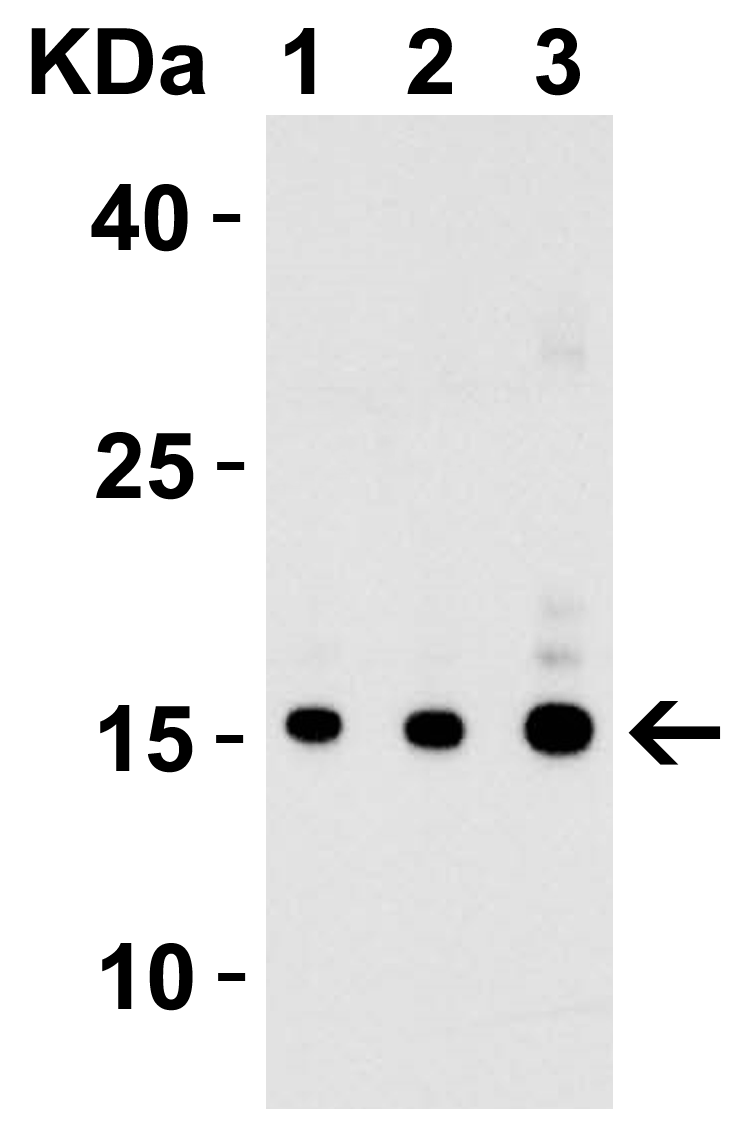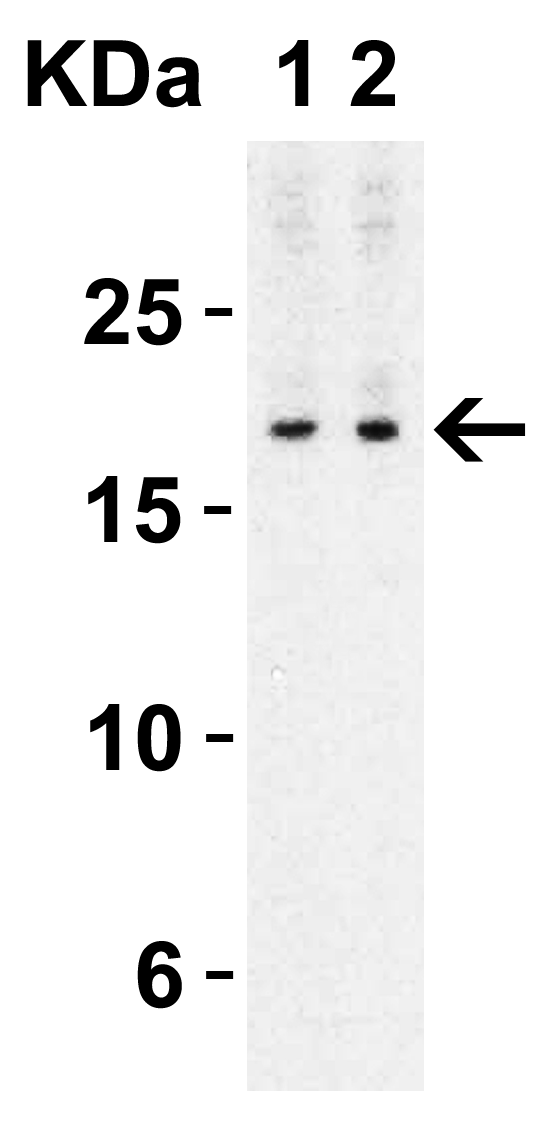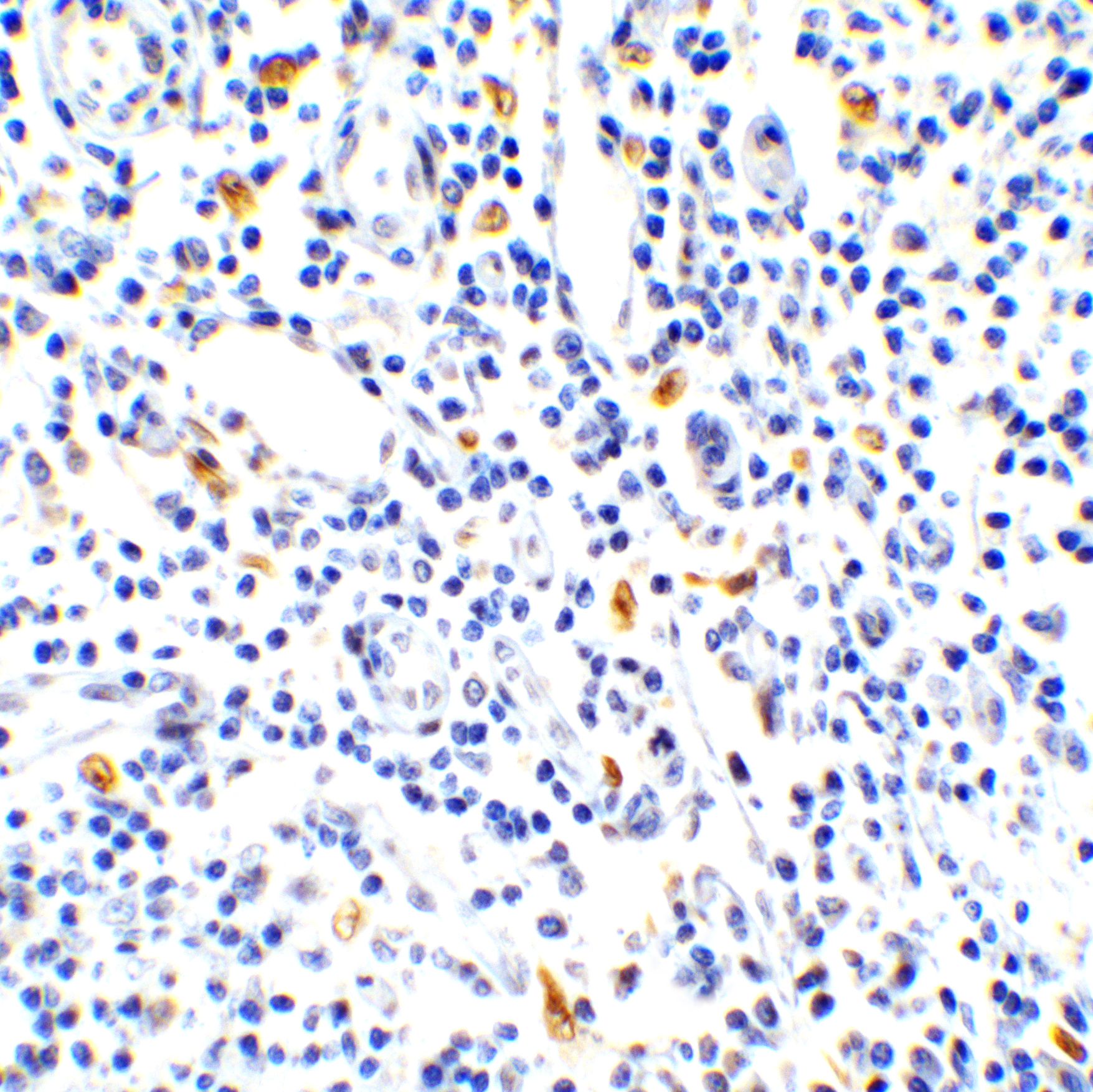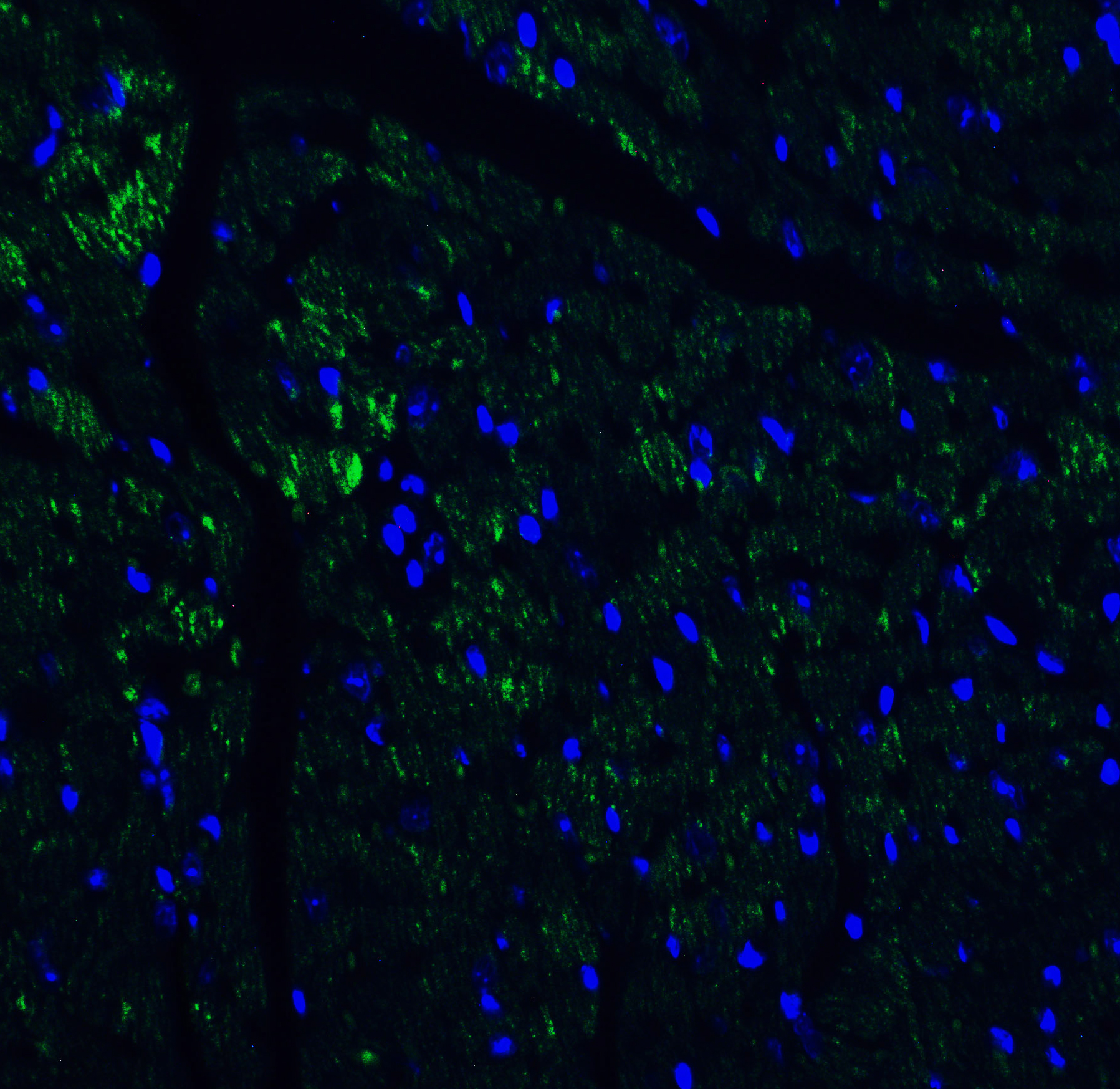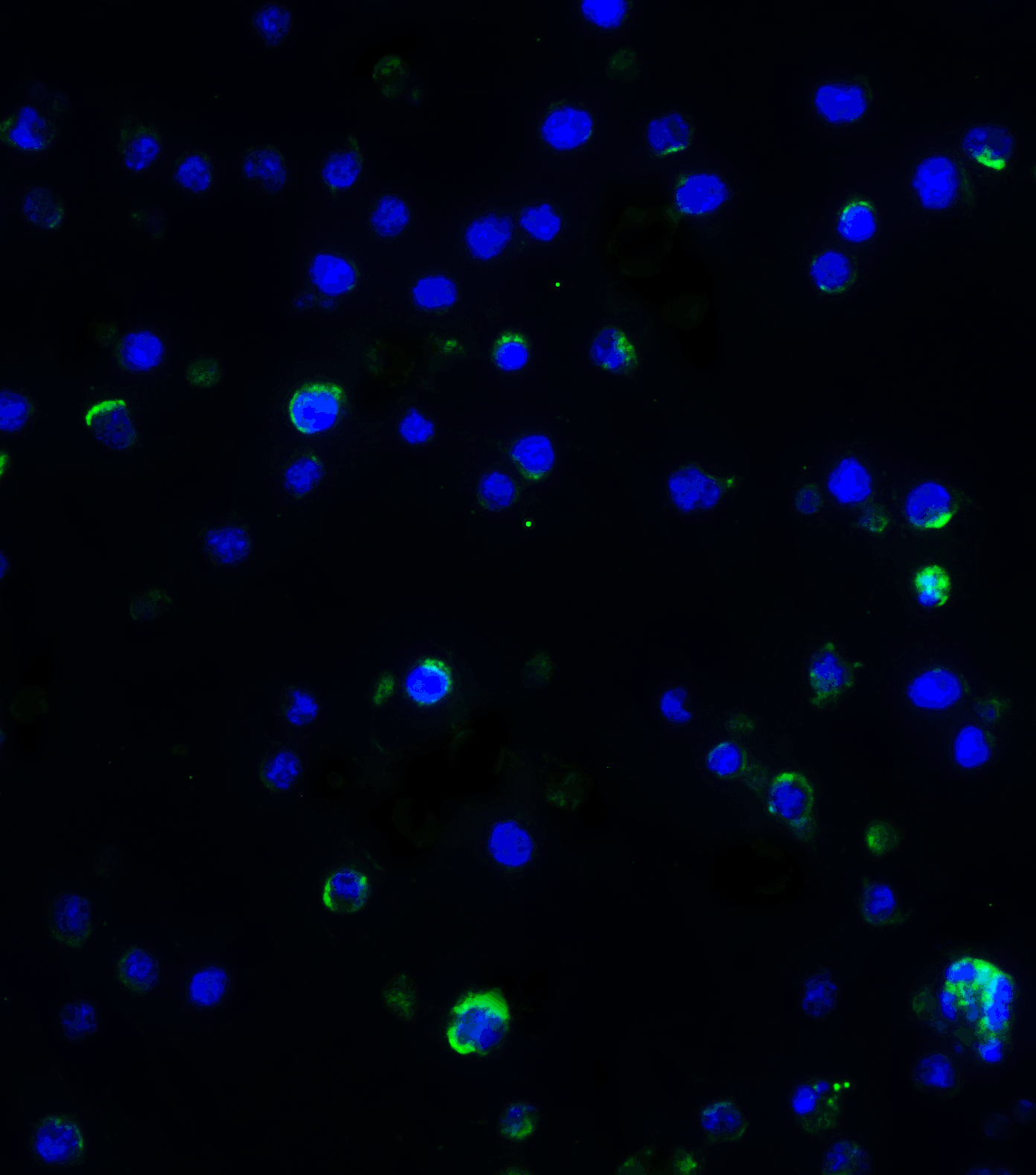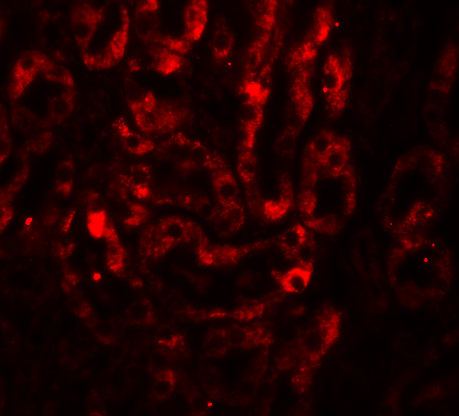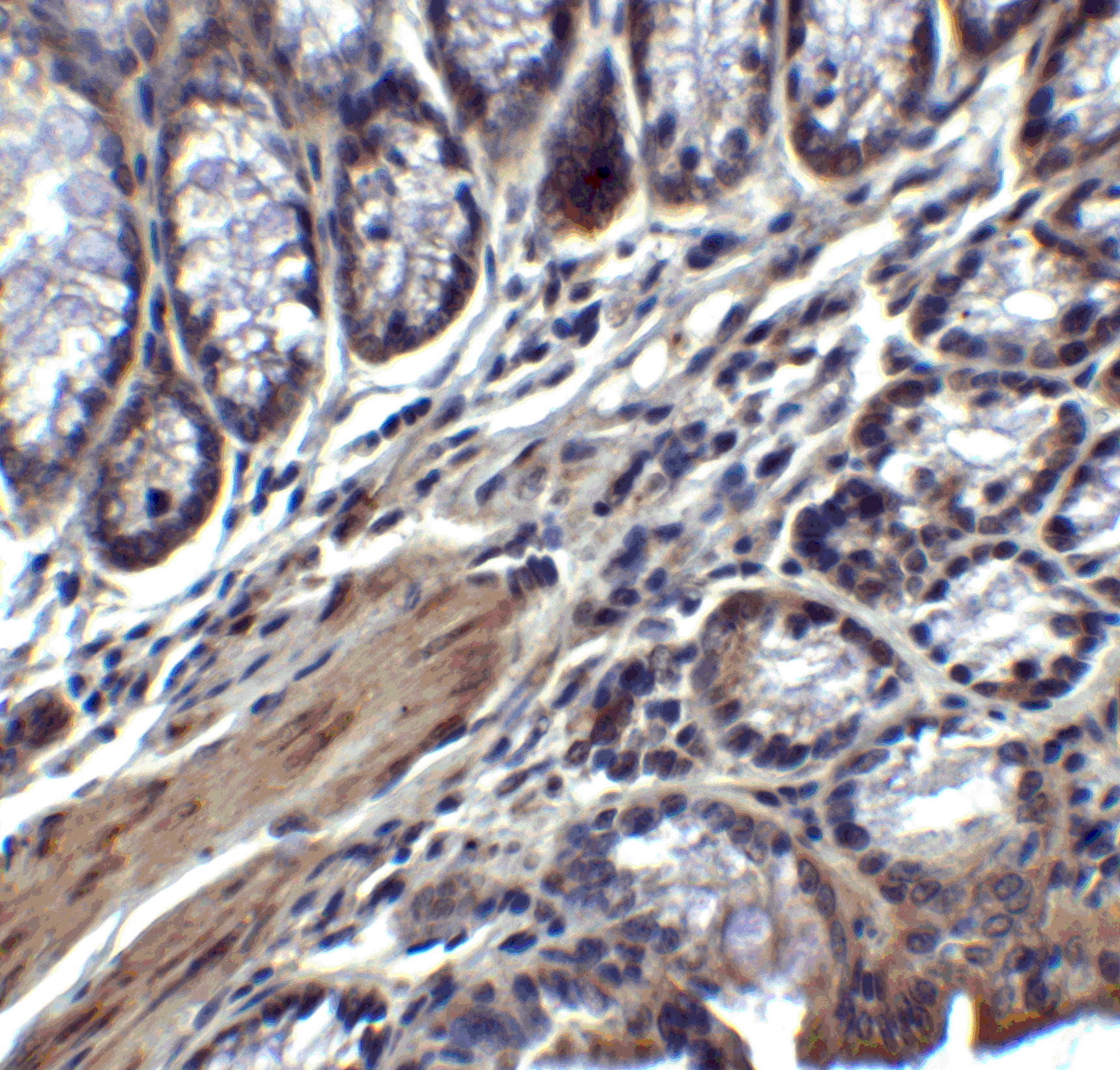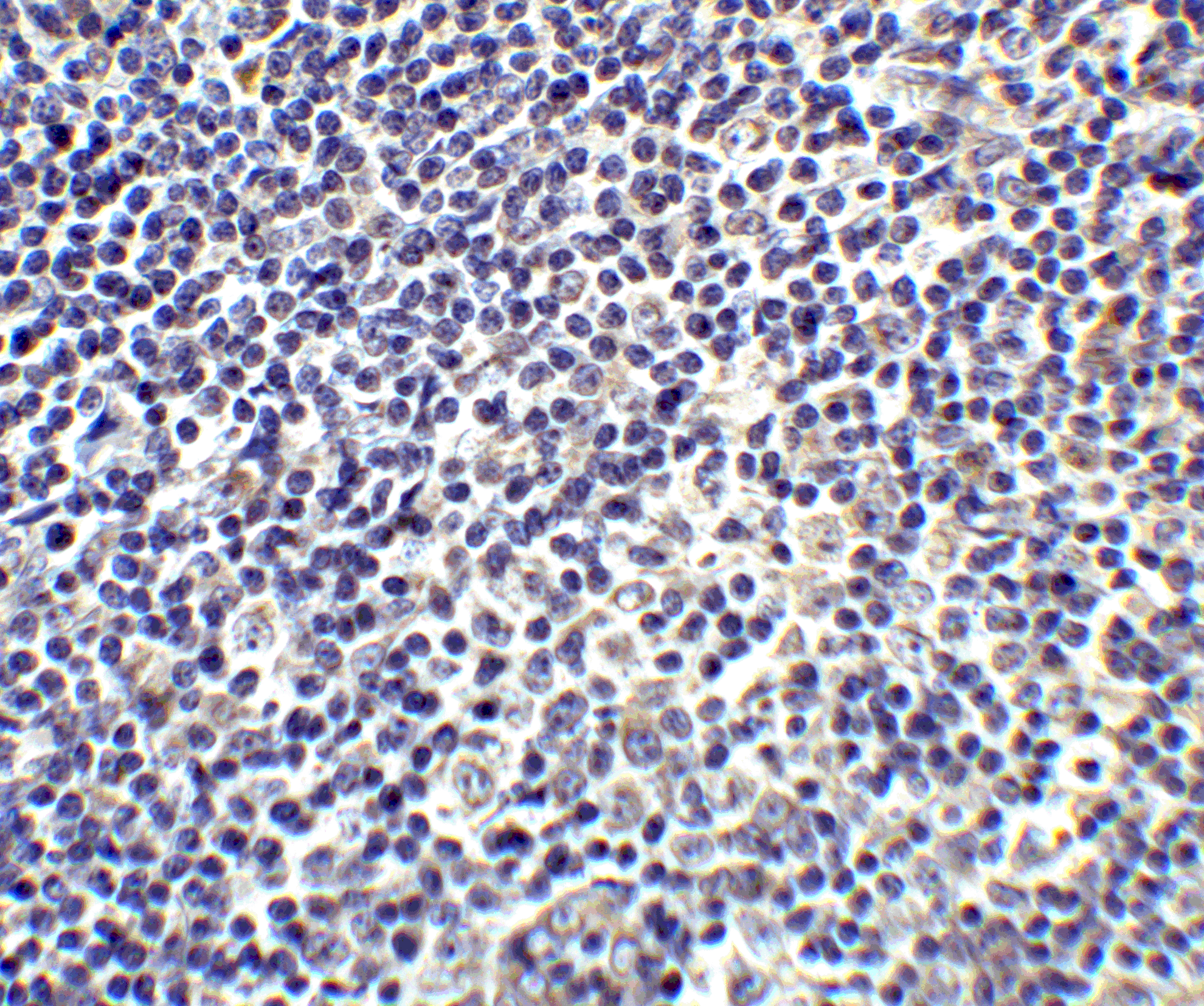IL-17 Antibody
| Code | Size | Price |
|---|
| PSI-4887-0.02mg | 0.02mg | £150.00 |
Quantity:
| PSI-4887-0.1mg | 0.1mg | £449.00 |
Quantity:
Prices exclude any Taxes / VAT
Overview
Host Type: Rabbit
Antibody Isotype: IgG
Antibody Clonality: Polyclonal
Regulatory Status: RUO
Applications:
- Enzyme-Linked Immunosorbent Assay (ELISA)
- Western Blot (WB)
Images
Documents
Further Information
Additional Names:
IL-17 Antibody: IL17, CTLA8, IL-17, IL-17A, IL17, Interleukin-17A, Cytotoxic T-lymphocyte-associated antigen 8
Application Note:
WB: 0.125-2 μg/mL; IF: 5-20 μg/mL; IHC: 1-5 μg/mL .
Antibody validated: Western Blot in human samples; Immunofluorescence in mouse samples; Immunohistochemistry in human and mouse samples. All other applications and species not yet tested.
Antibody validated: Western Blot in human samples; Immunofluorescence in mouse samples; Immunohistochemistry in human and mouse samples. All other applications and species not yet tested.
Background:
IL-17 Antibody: Interleukin 17 (IL-17) is a family of pro-inflammatory cytokines produced by activated T cells and is thought to have a major role in the initiation and perpetuation of rheumatoid arthritis. IL-17 regulates the activities of NF-κB and mitogen-activated protein kinases such as ERK and JNK. In addition, IL-17 stimulates the expression of IL-6 and cyclooxygenase-2 and enhances the production of nitric oxide. IL-17-producing T helper cells (TH-17 cells) have been the subject of much attention due to the importance of IL-17 in the pathogenesis of autoimmune inflammation. Because of its role in autoimmune diseases, it is thought that targeting the production and action of IL-17 would be beneficial therapeutically in these diseases.
Background References:
- Miossec. Curr. Opin. Rheumatol.2000; 12:181-5.
- Paunovic et al. Rheumatol.2008; 47:771-6.
- Steinman. Nat. Med.2007; 13:139-145.
Buffer:
IL-17 Antibody is supplied in PBS containing 0.02% sodium azide.
Concentration:
1 mg/mL
Conjugate:
Unconjugated
DISCLAIMER:
Optimal dilutions/concentrations should be determined by the end user. The information provided is a guideline for product use. This product is for research use only.
Homology:
Predicted species reactivity based on immunogen sequence: Bovine: (84%), Rat: (81%), Pig: (74%)
Immunogen:
Anti-IL-17 antibody (4887) was raised against a peptide corresponding to 16 amino acids near the center of mature human IL-17.
The immunogen is located within amino acids 50-100 of IL-17.
The immunogen is located within amino acids 50-100 of IL-17.
ISOFORMS:
Human IL-17 has only one isoform (155aa, 17.5kD). Mouse IL-17 has one isoform (158aa, 17.5kD) and Rat IL-17 also has one isoform (150aa, 16.9kD). 4887 can detect human, mouse and rat IL-17.
NCBI Gene ID #:
3605
NCBI Official Name:
interleukin 17A
NCBI Official Symbol:
IL17A
NCBI Organism:
Homo sapiens
Physical State:
Liquid
PREDICTED MOLECULAR WEIGHT:
Predicted: 17.5kD
Observed: 18 kDa
Observed: 18 kDa
Protein Accession #:
NP_002181
Protein GI Number:
4504651
Purification:
IL-17 Antibody is affinity chromatography purified via peptide column.
Research Area:
Signal Transduction
Swissprot #:
Q16552
User NOte:
Optimal dilutions for each application to be determined by the researcher.
VALIDATION:
Recombinant Protein Test (Figure 1): Anit-IL-17 antibodies (4887) detected human IL-17 recombinant protein at different concentrations
Related Products
| Product Name | Product Code | Supplier | IL-17 Peptide | PSI-4887P | ProSci | Summary Details | |||||||||||||||||||||||||||||||||||||||||||||||||||||||||||||||||||||||||||||||||||||||||||||
|---|---|---|---|---|---|---|---|---|---|---|---|---|---|---|---|---|---|---|---|---|---|---|---|---|---|---|---|---|---|---|---|---|---|---|---|---|---|---|---|---|---|---|---|---|---|---|---|---|---|---|---|---|---|---|---|---|---|---|---|---|---|---|---|---|---|---|---|---|---|---|---|---|---|---|---|---|---|---|---|---|---|---|---|---|---|---|---|---|---|---|---|---|---|---|---|---|---|---|---|


